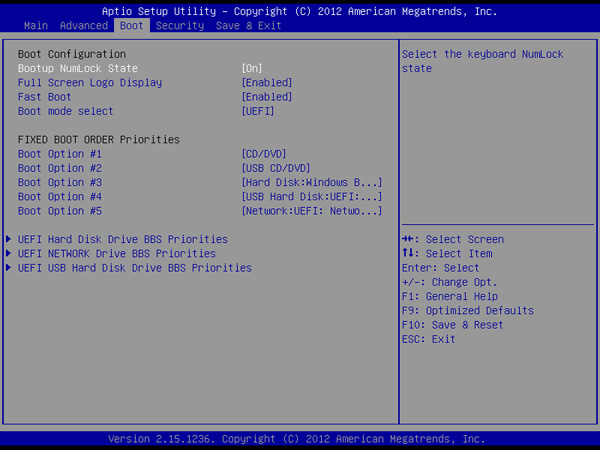
The ICONIA Tab W500 comes with Microsoft Windows 7 preinstalled. In the event that the operating system becomes corrupted or otherwise unusable, you can use the recovery discs supplied with the tablet to restore the operating system back to its factory default configurations. Note: During the process, all data stored on your system will be overwritten.
Jan 14, 2010 - If you still need it here is a source for recovery disk. Comments: Why purchase when it is built into hard drive? Installing Windows 7 has nothing to do with the REQUEST. Make a Disk (works great) 2. Make sure you set D2D in the BIOS, then SET F12 in the. Tablet Phone Laptop.
This means all your files, such as email and photos, will be erased. Therefore, we recommend making a backup of all personal data before starting the recovery process. Also, an external USB optical drive capable of reading DVDs is required. This optical drive is not included with the tablet and must be acquired separately. SOLUTION In order to restore the operating system of your tablet, please perform the following steps: • With the tablet turned off, connect an external DVD optical drive into an available USB port and insert the first of the recovery discs. • Plug in your AC adapter.
• Press and hold the volume-up key and the Windows button simultaneously. • Press and release the power button while keeping the volume-up key and the Windows button held down. • Release the volume-up key and the Windows button once the screen powers on.
• After the system recovery program has loaded follow the prompts to reinstall the operating system. You will be reminded to remove the disc from the optical drive before the tablet reboots. DID THIS FIX THE PROBLEM?
• • • Windows 8 is a that was produced by as part of the family of operating systems. The operating system was on August 1, 2012, with on October 26, 2012. Windows 8 introduced major changes to the operating system's platform and to improve its user experience on, where Windows was now competing with, including. Pvsyst keygen free download.
In particular, these changes included a touch-optimized based on Microsoft's, the (which displays programs and dynamically updated content on a grid of tiles), a new platform for developing ' with an emphasis on input, integration with online services (including the ability to synchronize apps and settings between devices), and, an online store for downloading and purchasing new software. Windows 8 added support for, hard drives,,.
Additional security features were introduced, such as built-in, integration with service and support for on supported devices with, to prevent from infecting the boot process. Windows 8 was released to a mixed critical reception. Although reaction towards its performance improvements, security enhancements, and improved support for touchscreen devices was positive, the new user interface of the operating system was widely criticized for being potentially confusing and difficult to learn, especially when used with a keyboard and mouse instead of a touchscreen. Despite these shortcomings, 60 million Windows 8 licenses were sold through January 2013, a number that included both upgrades and sales to for new PCs. On October 17, 2013, Microsoft released. It addressed some aspects of Windows 8 that were criticized by reviewers and and incorporated additional improvements to various aspects of the operating system. Windows 8 was ultimately succeeded by in July 2015.
Microsoft stopped providing support and updates for Windows 8 RTM on January 12, 2016, per Microsoft lifecycle policies regarding, Windows 8.1 must be installed to maintain support and receive further updates. Contents • • • • • • • • • • • • • • • • • • • • • • • • • Development history [ ] Early development [ ] Windows 8 development started before had shipped in 2009. At the in January 2011, it was announced that the next version of Windows would add support for alongside the existing processors produced by vendors, especially. Windows division president demonstrated an early build of the port on prototype devices, while Microsoft CEO announced the company's goal for Windows to be 'everywhere on every kind of device without compromise.'